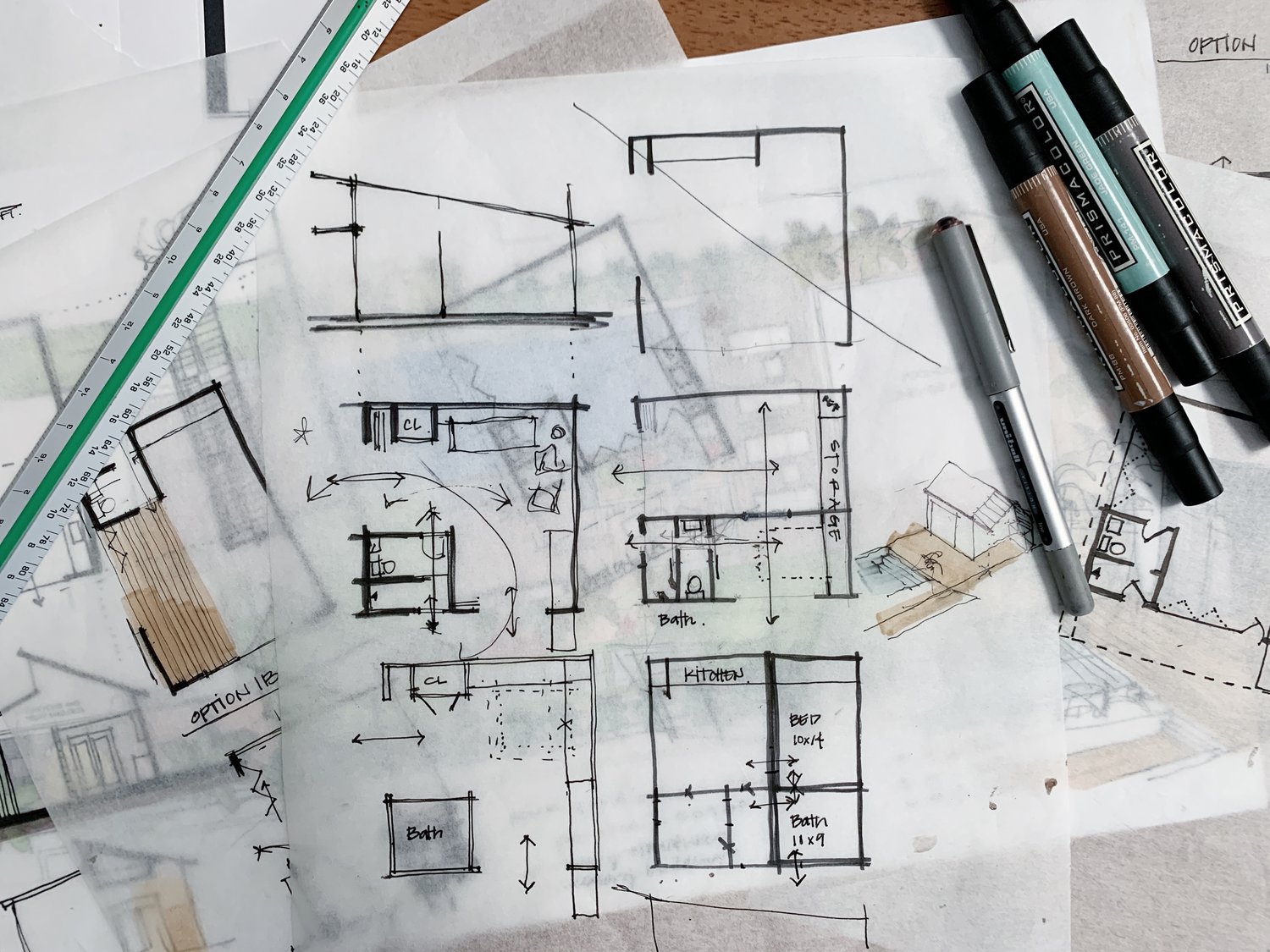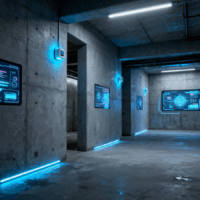- Home
- Articles
- Architectural Portfolio
- Architectral Presentation
- Inspirational Stories
- Architecture News
- Visualization
- BIM Industry
- Facade Design
- Parametric Design
- Career
- Landscape Architecture
- Construction
- Artificial Intelligence
- Sketching
- Design Softwares
- Diagrams
- Writing
- Architectural Tips
- Sustainability
- Courses
- Concept
- Technology
- History & Heritage
- Future of Architecture
- Guides & How-To
- Projects
- Interior Design
- Competitions
- Jobs
- Store
- ToolsNew
- More
- Home
- Articles
- Architectural Portfolio
- Architectral Presentation
- Inspirational Stories
- Architecture News
- Visualization
- BIM Industry
- Facade Design
- Parametric Design
- Career
- Landscape Architecture
- Construction
- Artificial Intelligence
- Sketching
- Design Softwares
- Diagrams
- Writing
- Architectural Tips
- Sustainability
- Courses
- Concept
- Technology
- History & Heritage
- Future of Architecture
- Guides & How-To
- Projects
- Interior Design
- Competitions
- Jobs
- Store
- ToolsNew
- More
4 Ways Artificial Intelligence Is Changing Architecture

Artificial architecture, which refers to the use of computer-aided design (CAD) software and other digital tools in the field of architecture, has had a significant impact on traditional architecture practices. Here are some of the ways in which artificial architecture has changed architecture:
1-Design Process
Artificial architecture has revolutionized the way architects design buildings. CAD software allows architects to create complex 3D models of their designs, which can be modified and refined easily. This has made the design process faster, more efficient, and more accurate.
2-Visualization
With artificial architecture, architects can create realistic renderings of their designs, giving clients and stakeholders a better idea of what the final building will look like. This has made it easier for architects to communicate their designs and has led to more accurate and effective decision-making.

3-Sustainability
Artificial architecture has made it easier for architects to incorporate sustainability features into their designs. For example, software can simulate how a building will perform in terms of energy efficiency and daylighting, allowing architects to optimize their designs for sustainability.
4-Construction
Artificial architecture has also changed the construction process. With digital tools, architects can create precise construction drawings that reduce errors and minimize waste during construction. Additionally, with the use of Building Information Modeling (BIM), architects can create detailed 3D models of buildings that can be used to optimize construction sequencing and logistics.
In summary, artificial architecture has transformed architecture by making the design process more efficient, improving visualization, promoting sustainability, and enhancing construction practices.
How Artificial Intelligence Change Architectural Design?
Artificial architecture has had a significant impact on the design process of architecture. Here are some of the ways in which it has changed the design process in more detail:
3D modeling: CAD software allows architects to create detailed 3D models of their designs. These models can be viewed from any angle, and changes can be made quickly and easily. This has revolutionized the design process, making it faster and more efficient.
Iteration: With digital tools, architects can iterate designs quickly and easily. Changes can be made and viewed in real-time, allowing for faster decision-making and more efficient workflows. This also makes it easier to experiment with different design options and to refine the final design.

Collaboration: Digital tools have made it easier for architects to collaborate with each other and with other stakeholders. Designs can be shared easily, and feedback can be incorporated quickly. This has led to better communication and more effective teamwork.
Precision: CAD software allows architects to create precise designs, with accurate measurements and detailed annotations. This precision reduces errors and helps to ensure that the final building meets the required standards.
Visualization: With digital tools, architects can create realistic renderings of their designs, allowing clients and stakeholders to visualize the final building before construction begins. This helps to ensure that everyone involved in the project has a clear understanding of the design and can make informed decisions.
AI in Architecture Industry
AI-powered generative design software enables architects to input design constraints and performance criteria, and the software will generate multiple design options that meet those criteria. This can help architects to quickly explore a range of design solutions and find the most optimal solution that meets specific project requirements.
Computational design uses algorithms and AI to optimize building performance, such as energy efficiency, structural integrity, and cost. For example, energy simulations can be run to optimize a building’s energy usage based on various design factors such as orientation, glazing, shading, and more.

Virtual reality technology allows architects and clients to experience designs in a more immersive and realistic way, providing a better understanding of the building’s layout, scale, and spatial qualities. This can help to improve design decision-making and communication among project stakeholders.
AI and robotics are being used in construction to automate tasks such as bricklaying, welding, and assembly. This technology can increase construction speed, efficiency, and quality, while also reducing the risk of worker injuries
Overall, AI is transforming the architecture industry by improving the design process, optimizing building performance, and increasing efficiency in construction and maintenance

Submit your architectural projects
Follow these steps for submission your project. Submission FormLatest Posts
Enhance Curb Appeal: Choosing the Right Windows Whitehall PA
Enhancing the curb appeal of your home is a wise investment that...
A Guide on Working with Local, Family-Oriented Home Contractors
Finding the right home contractor can feel overwhelming when balancing quality, trust,...
How to Choose the Right Merbau Decking Finish for Australian Weather
There’s this moment—late afternoon. The sun dips low, catching the edge of...
How to Safely Store Your Holiday Decorations in Short-Term Storage
The holiday season is often filled with joy, celebration, and, of course,...












Leave a comment